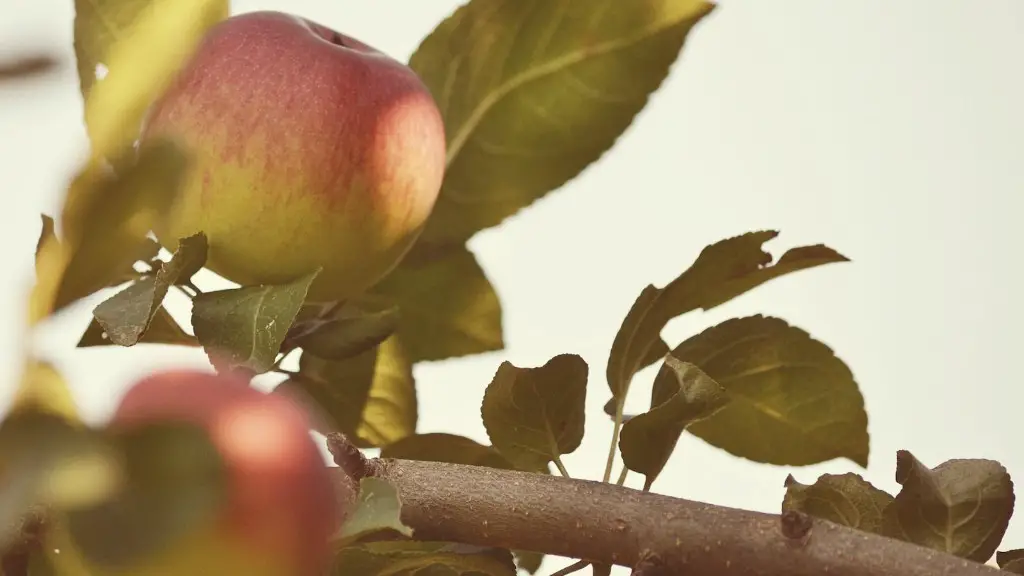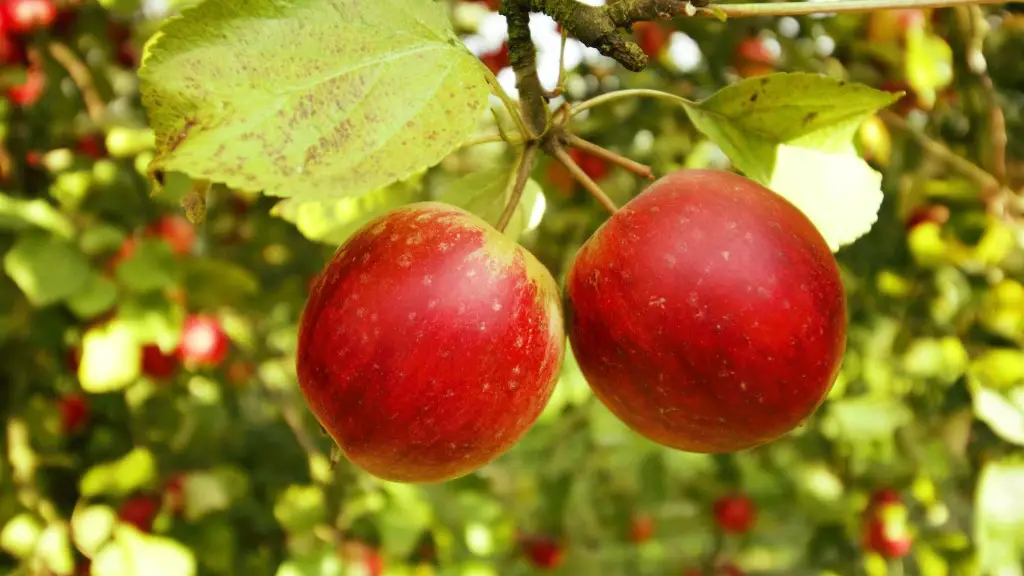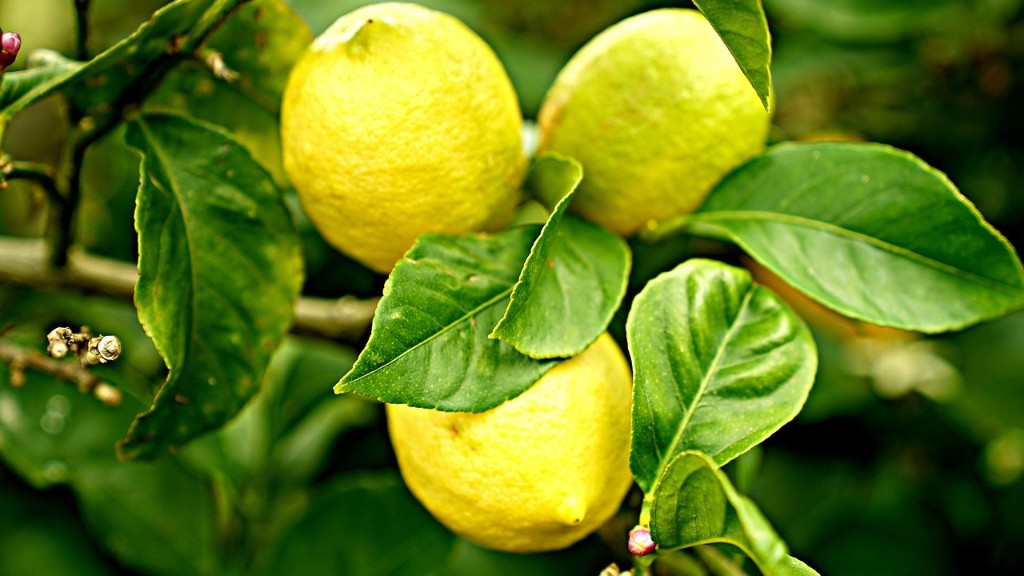Avocados are one of the most popular fruits in the world and they are a great source of essential vitamins and minerals. The flavor they bring to all kinds of dishes makes them a favorite among many people. Avocado trees can be grown in many places and the fruit is good for any time of year. Unfortunately, cold climates can cause a lot of problems for avocado trees, so careful winterizing is necessary for any growing season. Here are some tips on how to winterize an avocado tree so you can enjoy the fruits of your labor.
Know What to Expect from an Avocado Tree
The first step to winterizing an avocado tree is understanding its growth pattern. Avocado trees are perennial evergreens, meaning they have year-round foliage. They don’t go dormant in the winter, which means they can face problems if the weather gets cold enough. Additionally, the plants don’t like the cold, so they need to be protected in the winter. This can be done through pruning, mulching, and other practices that will keep the plant safe from the cold.
Mulch the Soil Around the Tree
Mulching is an important part of winterizing an avocado tree. This can help insulate the roots of the tree and keep them protected from extreme temperatures. The best type of mulch for this type of tree is straw, which is affordable and can be found at most garden centers. It is important to apply the mulch at least six inches away from the base of the tree and to use enough so that it covers the entire root zone.
Prune the Tree
Pruning can help an avocado tree survive the winter, as it will reduce the amount of exposed surface area on the tree. The branches should be pruned to keep them from getting too big and from being weighed down by heavy snow. It is also important to prune away any dead or dying branches, as they can open the tree up to infestations or diseases.
Water The Tree Before and After the Winter
It is important to give the avocado tree adequate water before winter sets in, as this will help create an envrionment where it can flourish. During the winter months, water should be applied sparingly, as the water can freeze and cause damage to the plant. Once the winter is over, it is important to water the tree regularly in order to replenish the moisture that was lost during the cold weather.
Provide the Right Fertilizer
Fertilizing an avocado tree is one of the most important steps to help it produce healthy fruit during the growing season. The best time to fertilize is before and after the winter, as this will ensure that the tree has all the nutrients it needs to survive and produce fruit. It is important to use the right type of fertilizer for the tree, as too much fertilizer can damage the plant and cause stunted growth.
Check for Pests and Diseases
Avocado trees are prone to a variety of pests and diseases, which can cause problems with the growth and production of fruit. It is important to regularly check for pests and diseases, as early detection and treatment can help the tree survive the winter. Common pests and diseases include mealybugs, scale insects, and anthracnose.
Protect the Tree from Extreme Temperatures
One of the most important steps to winterizing an avocado tree is providing protection from extreme temperatures. The tree should be wrapped in burlap or horticultural fabric before the winter sets in in order to reduce the risk of frost damage. Additionally, a shelter such as a greenhouse or a shed can be used to protect the tree from extreme temperatures if necessary.
Choose the Right Location
The location of an avocado tree can make a huge difference in its ability to survive the cold winter months. It should be placed in an area with full sun and well-draining soil, as this will help the tree thrive and produce healthy fruit. If the tree is planted in a spot that is too cold, then extra steps must be taken to protect it from the cold.
Provide Proper Care During the Growing Season
It is important to provide the proper care to an avocado tree year-round in order to maximize its growth and fruit production. During the growing season, it is important to water and fertilize regularly and to provide adequate drainage. Trimming and pruning can also help in managing the size of the tree and reducing the risk of disease and insect infestations.
Check for Damage After the Winter
After the winter has ended and the temperatures begin to warm up, it is important to check the tree for any damage. This will help determine if the tree needs to be pruned or if any additional steps need to be taken to ensure its health. Additionally, if any leaves or branches have been damaged, they should be removed as soon as possible.
Provide Shade During the Summer
Avocado trees are highly susceptible to sunburn, so providing them with shade during the summer is an important step to prevent this. Shade cloths can be used to provide the tree with extra protection from the sun, as this will help reduce the risk of sunburn. Additionally, trees should be planted in an area where they will receive some filtered sunlight, as this will help reduce the chances of sunburn.
Use Proper Irrigation
It is important to use the proper irrigation techniques when watering an avocado tree. Soaker hoses or drip systems are the best choice for this type of tree, as this will help prevent water from pooling around the base of the tree and causing root rot. Additionally, water should be applied evenly so that all parts of the tree receive an adequate amount of moisture.
Watch for Signs of Stress
Monitoring an avocado tree for signs of stress can help determine if anything is wrong with the plant. The leaves may start to curl or discolor if the tree is not getting enough water or if it is being affected by a pest or disease. Paying attention to these signs can help the tree survive the winter and produce healthy fruit once the growing season begins.


